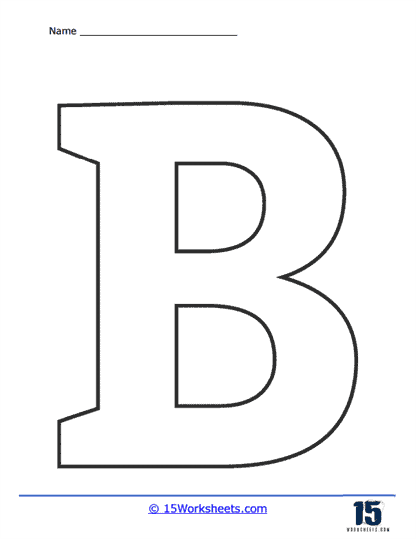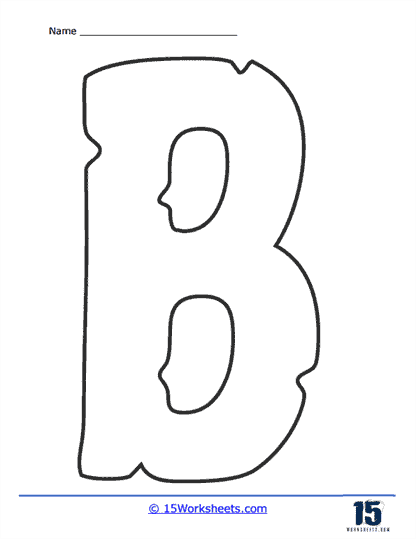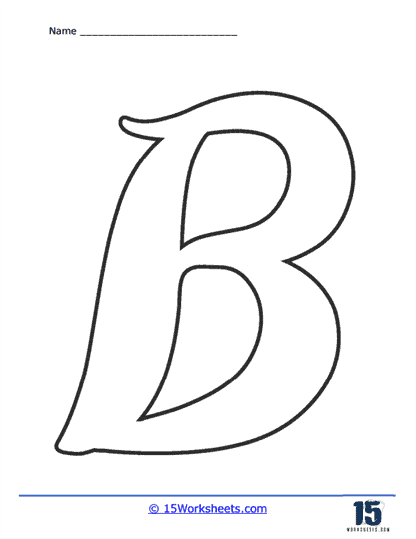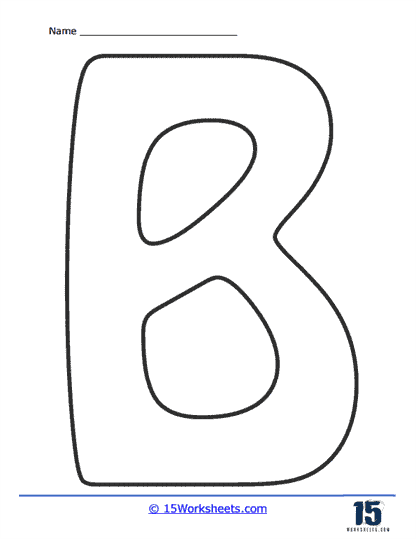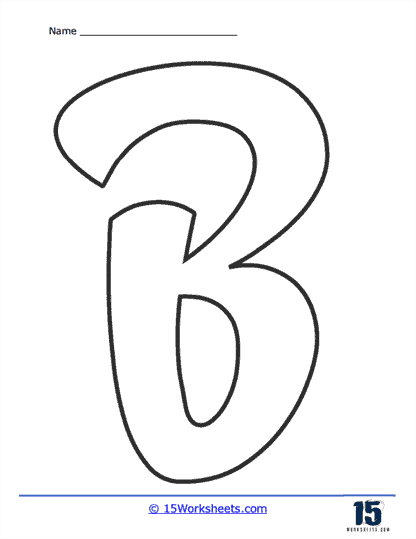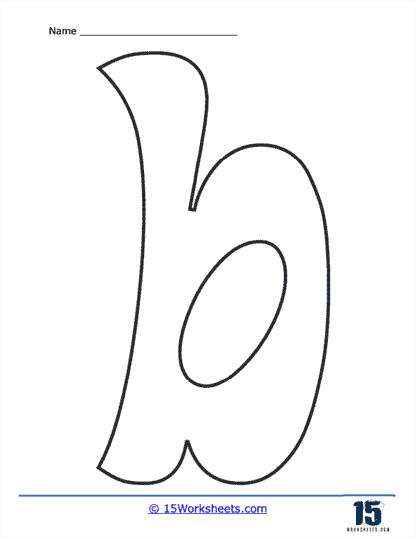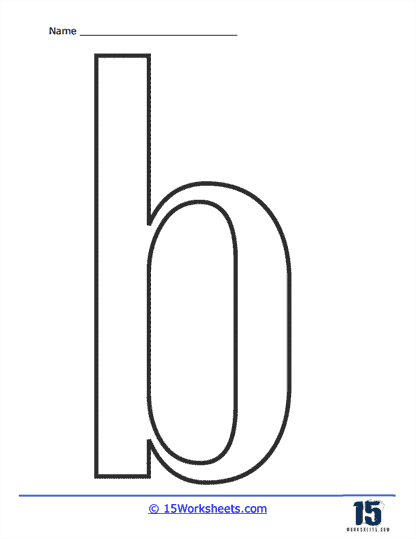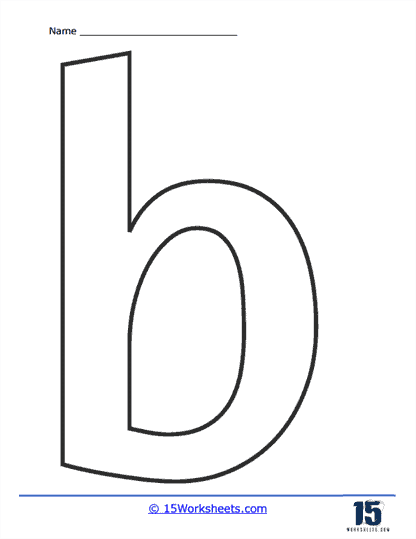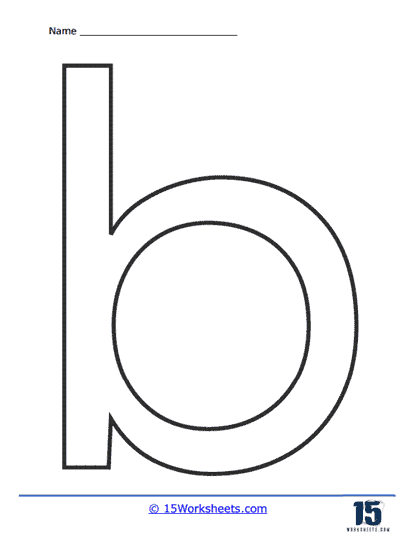Bubble Letter B Worksheets
All About These 15 Worksheets
These worksheets, while seemingly simple, offer a comprehensive educational experience that balances cognitive development, artistic expression, and fundamental literacy skills. Whether a student is refining their motor skills, expanding their vocabulary, or just enjoying a break from the conventional, these worksheets prove their worth in the classroom.
Cognitive development plays a crucial role in a student’s educational journey, encompassing various aspects that contribute to their overall growth. Visual memory is one such facet, and bubble letters with their distinctive and enlarged shapes can aid in this development. When students repeatedly encounter and engage with these bubble letters, like “B,” their visual memory becomes more deeply ingrained.
Pattern recognition skills are also sharpened through the use of bubble letters. Students learn to identify consistent patterns in these letters and differentiate them from standard ones, enhancing their ability to recognize and work with patterns.
Fine motor skills are essential for precise hand-eye coordination, and bubble letters can be a valuable tool for their development. Tracing and drawing these enlarged letters, such as “B,” require careful navigation of their contours, contributing to the refinement of fine motor skills. Furthermore, coloring within the lines of bubble letters with crayons or colored pencils offers a creative way to hone these abilities.
Phonetic and alphabet familiarity are pivotal for language acquisition. Focusing on a specific letter like “B” can help teachers introduce words that begin with the corresponding phonetic sound, aiding students in associating visual letters with their phonetic counterparts. Encouraging students to form words starting with “B” further solidifies their vocabulary grasp.
Engagement and motivation are vital components of effective learning. Bubble letters provide novelty in the classroom, offering a playful and fun break from traditional writing and reading exercises. Their artistic nature allows students to express creativity by adding designs, patterns, or shadows to their letters, merging literacy with artistry.
Reading skills benefit from regular engagement with words starting with the letter “B” in bubble form, as students become better at recognizing these words in different contexts, thereby improving reading fluency.
Writing skill development is another area where bubble letters prove beneficial. Practicing with these letters enhances a student’s understanding of letter structure and formation, which can translate to improved regular writing. Additionally, as students familiarize themselves with “B” words, they can be encouraged to form sentences, aiding in grammar, structure, and contextual vocabulary usage.
Boosting confidence is an essential aspect of educational development. Successfully tracing, drawing, or coloring bubble letters can instill a sense of accomplishment in students, motivating them in other areas of their studies and fostering a positive attitude toward learning. In conclusion, cognitive development, fine motor skills, phonetic and alphabet familiarity, engagement and motivation, reading and writing skills, and confidence building are all enhanced through the use of bubble letters in the classroom.





